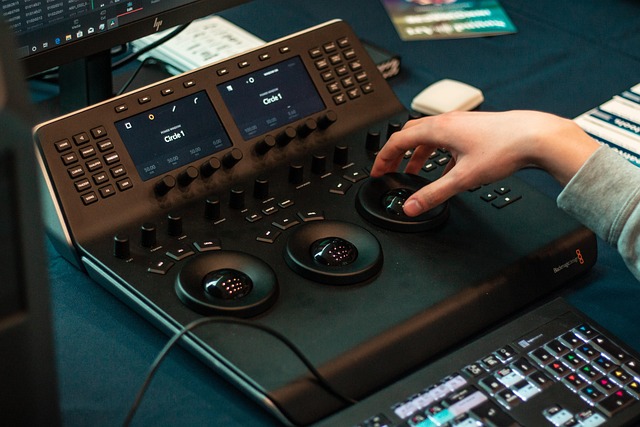In today’s fast-paced world, where technology continually evolves, one innovation stands out as a game changer: augmented reality (AR). This powerful technology is not just for gaming or smartphone apps; it is making waves in the realm of display technology, impacting how we interact with TVs and monitors in unprecedented ways. As we explore this amazing intersection of augmented reality and imaging, let’s delve into the transformative effects it has on our viewing experiences.
Imagine sitting in your living room, preparing to watch your favorite show. With the flick of a switch, your mundane television transforms into a portal of endless possibilities. Through augmented reality, your screen can project holographic images that interact with your physical environment, pulling you deeper into the narrative. This immersive experience does not merely entertain; it enlivens your imagination and invites you to explore visual storytelling like never before.
When it comes to display technology, the role of augmented reality is equally revolutionary. Think of computer monitors that seamlessly integrate AR capabilities, enhancing productivity and creativity. Designers can visualize their projects in three dimensions, manipulating digital objects as if they were real – bridging the gap between imagination and reality. Such advancements can lead to more impactful presentations and interactions, making work feel not just functional, but incredibly tangible.
The marriage of augmented reality and visualization opens new avenues for information consumption as well. Imagine an AR-enabled television that can overlay vital statistics during sports broadcasts or provide background information on the content you’re currently watching. It enriches the viewing experience, turning passive observers into active participants who can interact with and explore the material presented.
On the technical side, integrating augmented reality into existing display technology poses challenges. Innovators are racing to perfect the hardware that supports these advanced visualizations while ensuring that the user experience remains seamless. This includes improving resolution and refresh rates to maintain clarity and responsiveness. As these technological hurdles are overcome, we will likely witness an explosion of creativity in media, entertainment, and beyond.
Furthermore, the potential of augmented reality extends beyond personal screens. Imagine public displays and advertising that dynamically change based on viewer interactions, all thanks to AR technology. This could fundamentally reshape how brands connect with consumers, creating personalized experiences that resonate deeply and meaningfully.
As we stand on the brink of this augmented reality revolution, it is clear that our interaction with display technology is about to reach new heights. The immersive capabilities of AR herald a new era where our TVs and monitors do more than just display; they engage, inform, and captivate. With every advancement in augmented reality, we inch closer to a future where visualization transcends traditional boundaries, inviting us to experience the world with fresh eyes—or perhaps, augmented ones.



